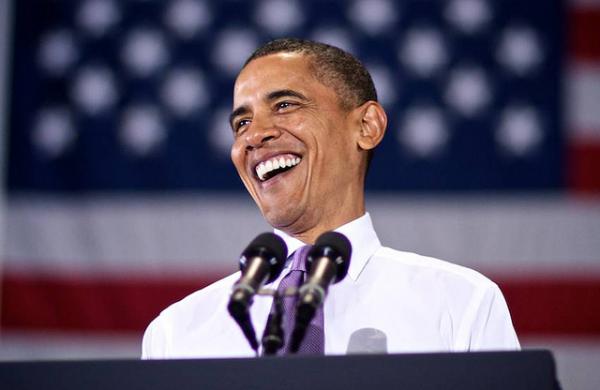Polishprince
Diamond Member
- Jun 8, 2016
- 46,715
- 36,463
- 3,615
I would say so, that they have largely gone far past what the Nixon Administration wanted to do when they founded the agency.
President Trump is doing a really good job and loosening up the regs.
Currently, it is a fact that if a dog were to urinate on a parking lot, the EPA will literally declare the facility to be legally a "wetland". Some liberal congresspeople were even outraged, asking the Speaker to "beam them up".
https://observationdeck.kinja.com/ex-con-gressman-jim-traficant-has-finally-been-beamed-b-1640157833
President Trump is doing a really good job and loosening up the regs.
Currently, it is a fact that if a dog were to urinate on a parking lot, the EPA will literally declare the facility to be legally a "wetland". Some liberal congresspeople were even outraged, asking the Speaker to "beam them up".
https://observationdeck.kinja.com/ex-con-gressman-jim-traficant-has-finally-been-beamed-b-1640157833



